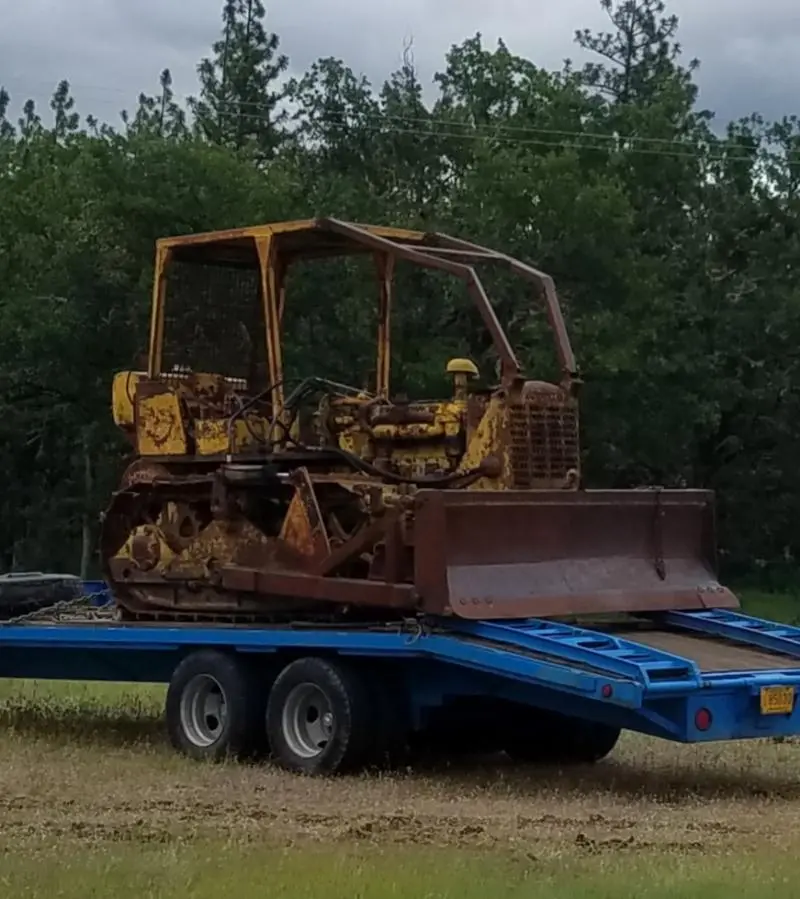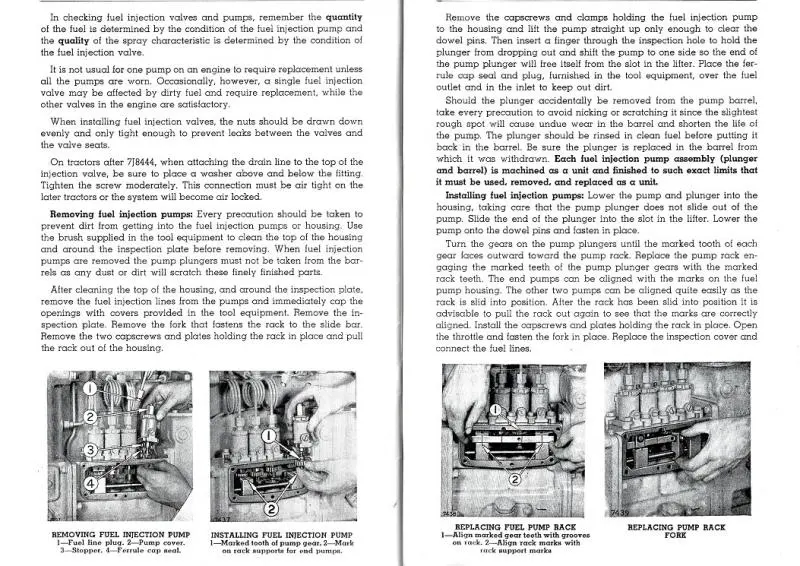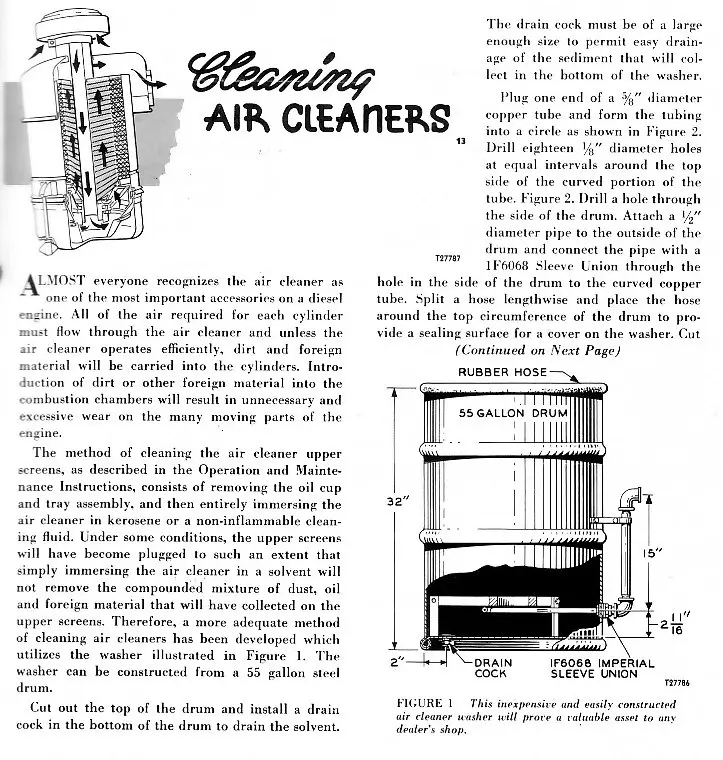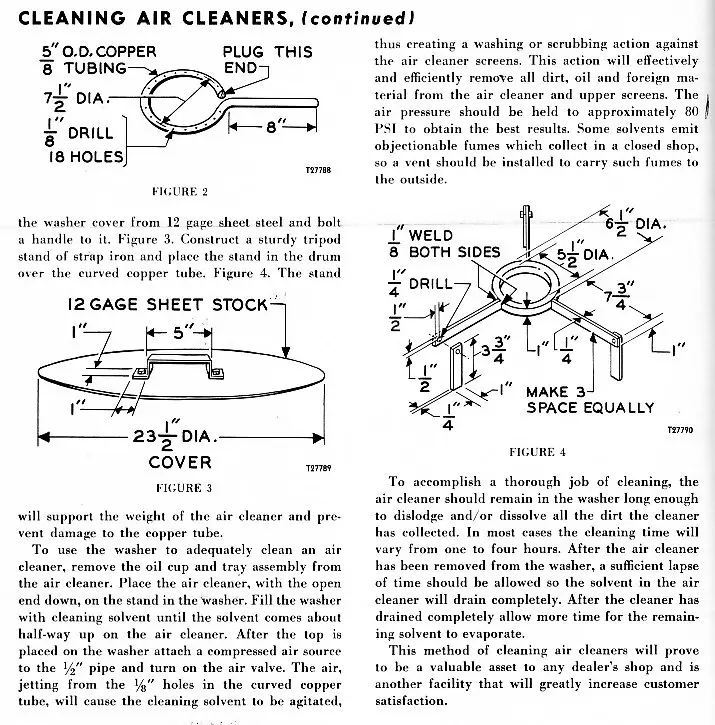
I think you’ve eliminated everything else and isolated the problem to the front two pumps.
I expect the scroll channel that’s machined into them has accumulated enough wear over the years that, in the range of normal fuel delivery settings, the fuel just bypasses the plunger internally, never developing sufficient pressure to crack the injector valves open.
Only when the plungers are twisted to a maximum fuel setting is the tolerance between plunger and barrel tight enough to develop enough pressure to open the injector.
Should be a simple exercise to swap in some other pumps from your parts engine or even swap a good pump from #3 or #4 with one of the bad ones and confirm the misfire follows the pump.

Hi Zgrant231,
welcome to the BB.
CCJ has given you one possibility in that the injection pump plungers at the front end of the injection pump get the most dirty fuel first if there is an issue with the filter system.
First thing I would check that is easy to do is to remove the side cover from the injection pump and check the timing lines on both the fuel rack and the quadrant gears on the inj. pump plungers are aligned--if they are a tooth out you may get the symptom you are experiencing.
Scan below should help explain where the timing line is vertically on the centre of the quadrant gear centre tooth.
These pix from the grey Operation And Maintenance Instructions book that you need so as to carry out all running adjustments and how to operate the unit--Form No :- 10902-03, the -03 number indicates the print issue--the higher the number the later is the information contained within.
Hope this helps.
Cheers,
Eddie B.

Nothing preventing the #2 cylinder from having a problem of low compression. Have you adjusted valves? Any odd noises like a valve is leaking?
Seems that you have almost eliminated the fuel injection system as the problem, but could put injector on #2 line and make certain it’s spraying correctly at low fuel settings. I know it was spraying before, but If it’s streaming instead of spraying that would cause what you’re seeing. Maybe some trash got in it
A compression test would confirm the condition of #2 cylinder. Or you could do a leak down test by setting it at #2 TDC compression stroke and pressurizing the cylinder with shop air through the precombustion chamber while listening for air blowing in the intake, exhaust and crankcase. Caterpillar had a calibrated test rig but you can tell a lot with just an air hose and something (even a rag)
to seal it into the precombustion chamber.
Remove the injector line from the pump while its running and see if compression is blowing back through the line, if so the injector nozzle is bad.
If that tractor has a 7j serial number the motor has been swapped in from another tractor. It has the big rear axle bearing that started in the late 2t series .
Well spotted
[QUOTE]If that tractor has a 7j serial number the motor has been swapped in from another tractor. It has the big rear axle bearing that started in the late 2t series ./QUOTE]
Thanks, d2gary one of these days I'll drop the winch n see her true vin. I'm sure it's cobbled together out of many rigs. This ones has logged most its life and the guy that used it before me floped it down some steep grades more than a few times. Story is it was used as a log yarder tail hold, while deadmaned in behind an old growth stump, the yarder opperator free spooled the tight main line, sending the loaded sky car dropping 60' before he locked the brake. It ripped out 3 tail holds on the way over and when the yarder mast tipped it cast the D4 right over the douglas fir stump it was dead maned behind and flung it like a fishing lure on 1-1/8" line down the hill. The radiator was snapped off, upper and lower mounts are braised back together. Additional frame rail and nose cone ties it together, the large axle truck frame has been bent so badly behind the idolers it was cut/rewelded and plated, both caps that hold the track frame pivots on have ripped out and been scabbed back on at least once, and there is evidence of what I think had been two different canopies before this one. If only it could tell its stories...
Anyway, thank you guys for the help, I swapped to another injector, skidded some logs and cleaned up a few benches in the pit, and the miss on #2 seems to clean up when hot.
https://youtu.be/yevXX1dWW-I
One thing these D4400's 315's lack is power at least the ones I have. Especially backing up, like cleaning up pit corners. I've got a few early AC HD6's with the 344 and they'll push a hundred yard push with a loaded blade pointing to the moon.
What can I do to the D4400 to increase output?
Remove the D4400 high RPM rack stop 1/4" bolt for more travel? Governor adjustments? and Im thinking about rigging up a dash fuel pressure guage so I can make sure theres no fuel pressure drop after a few seconds at max load.


Hi Grant,
by the looks of your exhaust you have black smoke on acceleration of the engine--could have a faulty injector/injectors, lifter settings incorrect, rack setting already opened up--on a naturally aspirated engine--not turbo'd--once you get a hint of black smoke more black smoke actually produces less power due to the excess fuel putting the fire out in the combustion chamber and is wasted fuel that does nothing for perceived extra power.
The carbon produced is detrimental to engine life as it is an
abrasive.
The blue smoke we see in your vid. is an indication of a worn engine that will likely be down on power.
I would suggest you check your injection pump lifter settings--be aware that on these older engine that the flywheel can be mounted on the crank flange in an incorrect position as Cat were not using a staggered bolt pattern then.
Lifter setting and flywheel position checks have been discussed ad nauseam here.
Oil bath air cleaners can be clogged up inside in and beyond the non-removable screens and must only be cleaned with solvents as steam sets the fine dust/oil to mud that is then almost impossible to remove.
The inlet tube in the air cleaner can have reduced diameter from over filled oil level and dust accumulation--due to not cleaning sediment out of the bowl.
Scans below may help--the cleaning tank is what we had at The Dealer to clean these jiggers as the air agitation moved the solvent/kero up inside the unit.
The agitator tank is a bit over the top for a one off so just use modern water soluble de-greaser, with the air cleaner outlet flange blocked off and fill and soak with unit upside down and then wash out doing it several times until cleaned.
Cheers,
Eddie B.